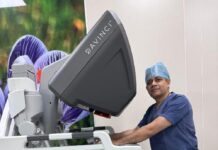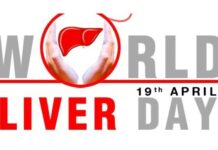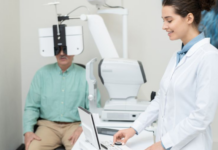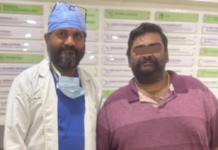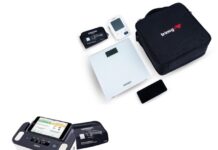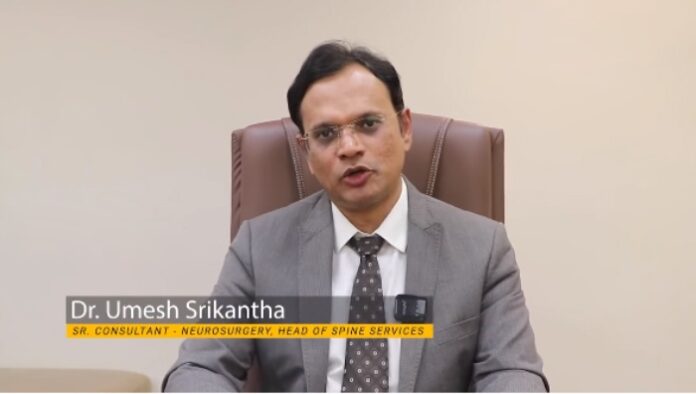By DR UMESH SRIKANTHA, Senior Consultant – Neurosurgery, Head of Spine Services, Aster RV Hospital
ENDOSCOPIC spine surgery is a minimally invasive procedure used to treat lumbar (lower back) disc prolapse (also known as a herniated disc), and several other conditions that affect the spine. In this condition, the soft inner material of the intervertebral disc pushes through the tough outer layer, often pressing nearby nerves and causing pain, numbness, and weakness in the lower back and legs. Opting for medical intervention in selected cases is crucial to minimising nerve damage and expediting recovery.
Conventionally, microscopic surgery is the preferred method of removing a herniated disc decompressing the nerve root. Microscopic Lumbar Discectomy (MLD) is a relatively small procedure butentails dissecting the muscle and removing a small portion of the bone and ligament.
Recent advances have enabled surgeons to achieve the same objective with endoscopic techniques, which do not affect muscle attachments or entail any bone or ligament removal in most cases.
Endoscopic spine surgery:
Endoscopic spine surgery uses a specialised instrument called an endoscope, a small tube with a camera and light. The surgeon makes a tiny incision and inserts the endoscope to visualise the area, guiding small surgical instruments through it to carry out the procedure. The herniated portion of the disc is removed, relieving the pressure.
Key benefits:
· Smaller incision; Usually less than 1 cm
· Avoids cutting through muscles, which reduces recovery time and post-operative pain
· Reduced scarring
· Faster recovery
· Since the muscle tissues are not extensively cut, the requirement for post-operative pain medication is less
· In certain situations, it can be completed as an out-patient procedure
Indications for Surgery:
Endoscopicsurgeryisgenerally considered when conservative treatments like physical therapy, medications, and injections fail to relieve symptoms.
Suitable for patients with:
· Sciatica or persistent leg pain caused by nerve compression
· Numbness, weakness, or tingling in the lower extremities
· Bladder or bowel control issues
Risks and Considerations:
• Infection: Like any surgery, there can be a risk of infection at the incision site
• Nerve injury: There is a rare risk of damaging nerves during the procedure
• Recurrence: In some cases, the disc may herniate again
• Incomplete relief: Some patients may not experience complete symptom relief and may require additional treatments
Recovery:
• Avoid strenuous physical activities for a few weeks
• Physical therapy can help restore flexibility and strength of the affected spine
•Frequent visits to the hospital to monitor healing can ensure a successful recovery



